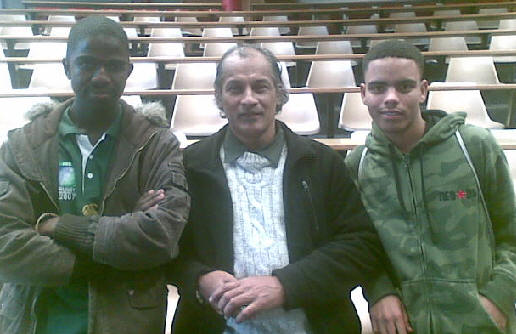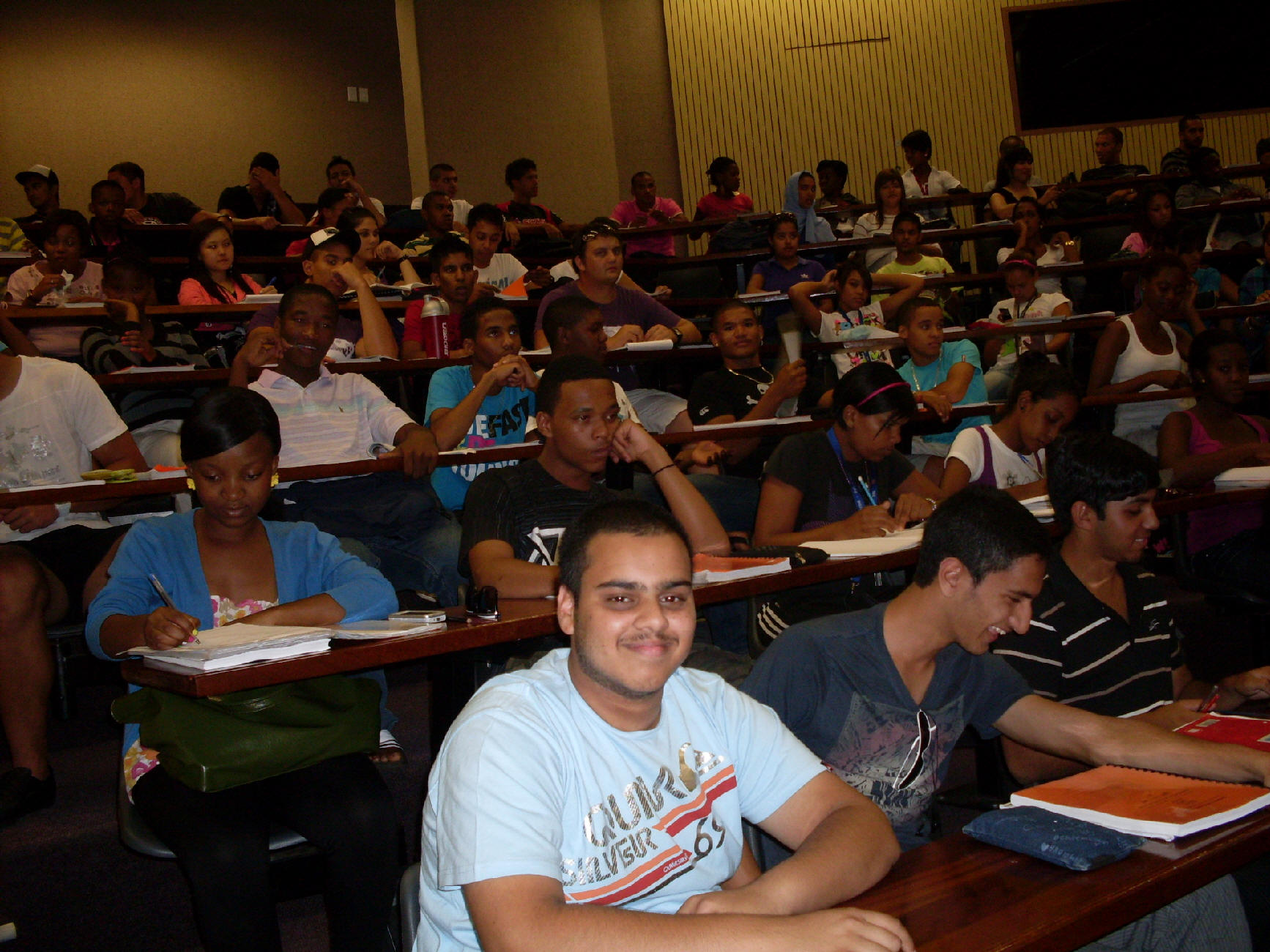WELCOME TO THIS PAGE INTENDED FOR STUDENTS AT THE UNIVERSITY OF THE WESTERN CAPE REGISTERED FOR THE MODULE:
QSF 131

Xolani Grond (Left) and Firgil Lewis (Right) with Desmond Desai (Middle) (11 May 2011)


QSF 131 TUTORIAL GROUP 7 : 16 Feb 2011 QSF 131 LECTURE GROUP : 16 Feb 2011
 Left : QSF 131 LECTURE GROUP : 16 Feb 2011
Left : QSF 131 LECTURE GROUP : 16 Feb 2011
| Period | Monday | Tuesday | Wednesday | Thursday | Friday |
| qsf131 g8 t1 (C6) DD | Bcom Gen 4yr First Year | ||||
| 1 | qsf131 g10 t1 (gh3.10) AJ | ||||
| (8:30 - 9:30) | |||||
| 2 | qsf131 g7 t2 (sem a1) DD | ||||
| qsf141 g10 t2 (gh3.4) AJ | |||||
| qsf141 g8 t2 (ms8) DD | |||||
| (9:40 - 10:40) | |||||
| 3 | |||||
| CONSULTATION | CONSULTATION | CONSULTATION | |||
| (10:50 - 11:50) | |||||
| QSF141 (SC2) LECTURE | |||||
| 4 | |||||
| CONSULTATION | CONSULTATION | CONSULTATION | |||
| (12:00 - 13:00) | |||||
| BREAK | Lunch | GATEWAY TESTS | GATEWAY TESTS | TUT/CLASS TESTS | Lunch |
| QSF141 (GH3) LECTURE | |||||
| 5 | |||||
| CONSULTATION | |||||
| (14:00 - 15:00) | qsf131 g9 t2 (c10) AJ | ||||
| QSF141 (DL3) LECTURE | |||||
| 6 | CONSULTATION | ||||
| qsf131 g9 t1 (t5b) AJ | |||||
| (15:10 - 16:10) | qsf131 g7 t2 (ms2) DD |
W1 L1
COURSE READER : R85
CALCULATOR FX 82ES / FX 991ES
www.eduhome.co.za / Pearson Foundation
TWO EXAMPLES REFLECTIVE OF THINKING
A. FRACTIONS :
MEASUREMENTS:
|
NO OF TEASPOONS |
1 |
…….. |
……. |
...... |
…….. |
……. |
|
|
|
1 tablespoon |
¼ cup |
½ cup |
¾ cup |
1 cup |
|
METRIC EQUIVALENT |
5 millilitres |
15 |
60 |
….. |
…….. |
…..
|
QUESTIONS:
(a) Complete the above table.
(b) Do you consider the above fractions useful?
(c) Why are fractions useful in business?
B. THINKING SKILLS
LECTURE ; W1 L1 (TUES 1 FEB 2011)
USE YOUR CALCULATOR TO DETERMINE: (http://www.voidware.com/calcs/fx991es.htm, downloaded 26 January 2011)
"I have just discovered a problem with this calculator. There is no keyboard buffering. when entering a long formula, the calculator redraws after each key press, but as the formula becomes longer and slower redraw, it can miss keystrokes. this is especially apparent when entering numbers with repeated digits, like 100 or 4405. these can come out incorrectly as 10 and 405."
Try this:
1÷298.257-0.7292115x10-4 ² × 6378.137³ ÷ 2 ÷ 398600.4405. actual answer is 1.6221172263x10-3
but you will find the last number might come out as 39860.405 (don't forget the x² and x³ terms).
(MY ANSWER: 0.003352813)
WHICH IS THE SAME AS DOING ONLY 1÷298.257 !!!!!!
© DESMOND DESAI, DMD EDU-HOME, 2011
All rights reserved. Designed and created by Desmond Desai, South Africa. This page is protected by Copyright. No part of this page may be reproduced, stored in a retrieval system, or transmitted in any form of by any means, electronic, mechanical, photocopying, recording or otherwise, without the prior written permission of the copyright holder.